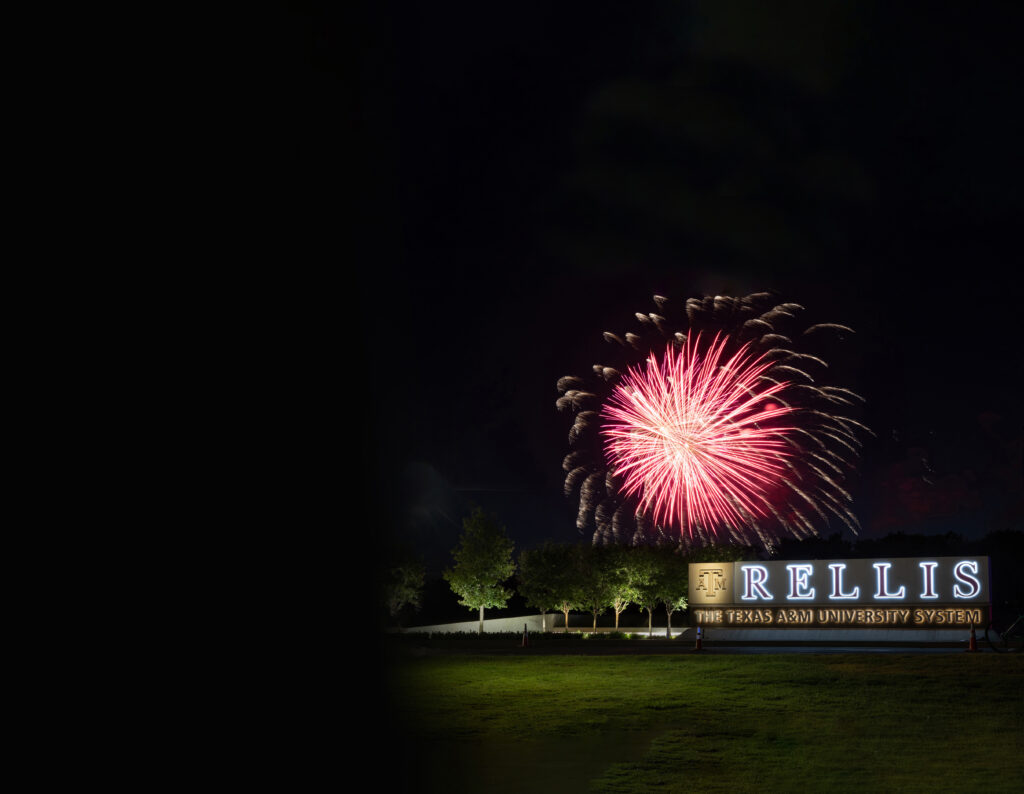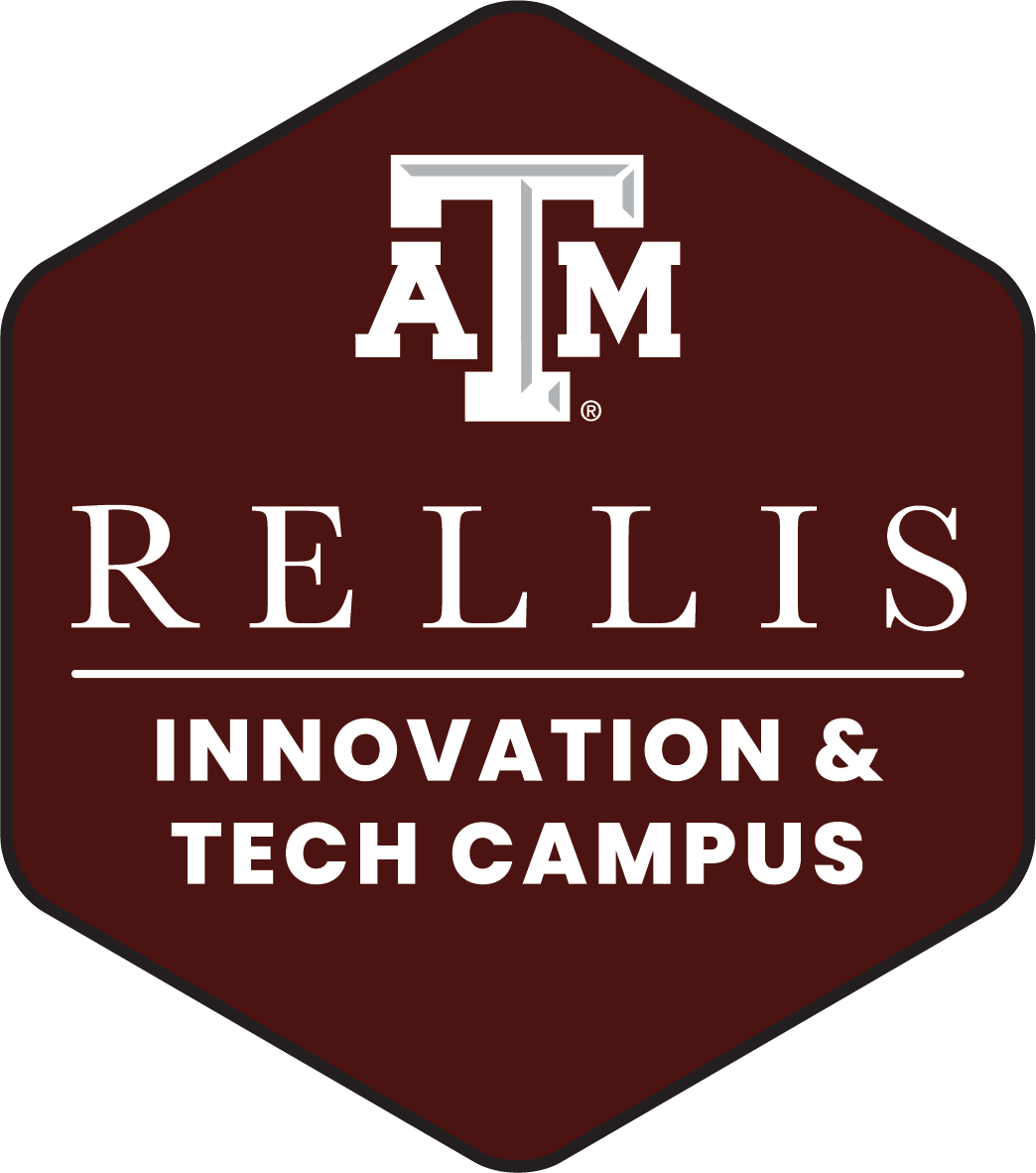TEXAS A&M – RELLIS
is an innovation and technology campus serving the greater good of this nation.
RELLIS is an ecosystem of transformative research and development like few others in the world.
Innovation
Texas A&M – RELLIS, in partnership with Blinn College, workforce training organizations, federal and the private sector is the first integrated education, research and testing campus in the state of Texas.
Technology
Texas A&M – RELLIS was built to foster next-generation applications while improving both the quality and speed to market in an array of industries. Our partnerships showcase advancement in technology development in multiple areas, while stimulating education in transportation, engineering, manufacturing, agriculture and more.
Education
Texas A&M – RELLIS provides a unique education model that provides opportunities for both global enterprises and companies located in the region. By assembling a diverse spectrum of engineering and technology tenants into one location, the campus fosters collaboration between enterprises that seek to shape the future through this transformative model.
Rellis Is Where Research, Science, And Technology Go To Work.
Vision
RELLIS Concept
Texas A&M University System Chancellor John Sharp imagined a state-of-the-art, high-tech campus for research, technology and workforce development.
May 2016
Chancellor Sharp announced the transformation of Riverside Campus into the RELLIS Campus, named for the six Aggie Core values of Respect, Excellence, Leadership, Loyalty, Integrity and Selfless Service (RELLIS).
Today
The RELLIS concept includes multiple research and education facilities. It is not only the canvas for research and testing, but one built to facilitate interactions between the technology industry, educators and students.
View the RELLIS Campus Masterplan.

Campus History
The RELLIS Campus site owns a proud and diverse history dating back more than 75 years. Under a variety of names, the venue, north of the Brazos River and west of the City of Bryan, has played a key role both in protecting the nation during wartime and forging advancements in scientific understanding.
The 2,300-acre tract of land, mostly cotton fields surrounding the small, unincorporated community of Riverside, became the Bryan Army Air Field in response to the U.S.‘s entry into World War II.
During just over two years of wartime service as an advanced flying school, the post specialized in developing instrument-only flight training. In addition, more than 1,000 Women Air Service Pilots were stationed at the base. At war’s end, the field was deactivated and turned over to the Agricultural and Mechanical College of Texas to accommodate the influx of veterans returning to school on the nation’s new G.I. Bill.
For the next five years, Aggie freshmen were housed at what was called “The Annex.” With the outbreak of hostilities on the Korean Peninsula in the early 1950s, the base was reactivated under the auspices of the U.S. Air Force. Bryan Air Force Base became a jet-pilot training facility. Among its bevy of instructors were two young captains, Edwin “Buzz” Aldrin and Virgil “Gus” Grissom, who, as NASA astronauts, would later become aerospace pioneers.
Five years after the end of the Korean War, the base was declared surplus and sat mostly idle until ultimately being leased to Texas A&M in 1962. Terms of the lease stipulated the school would receive full ownership of the property, infrastructure and improvements at no cost if productive use was made of the venue over the next 20 years.
Over the next two decades, the site came to be known as the A&M Research Annex and hosted a vast number of scientific studies and partnerships with outside business ventures. With full ownership transferred to the university, the venue was re-christened as the Riverside Campus in 1988. As such, it became the research home of numerous University and System-related ventures, including the Texas A&M Engineering Extension Service (TEEX), the Texas A&M Engineering Experiment Station (TEES), and the Texas A&M Transportation Institute (TTI).

